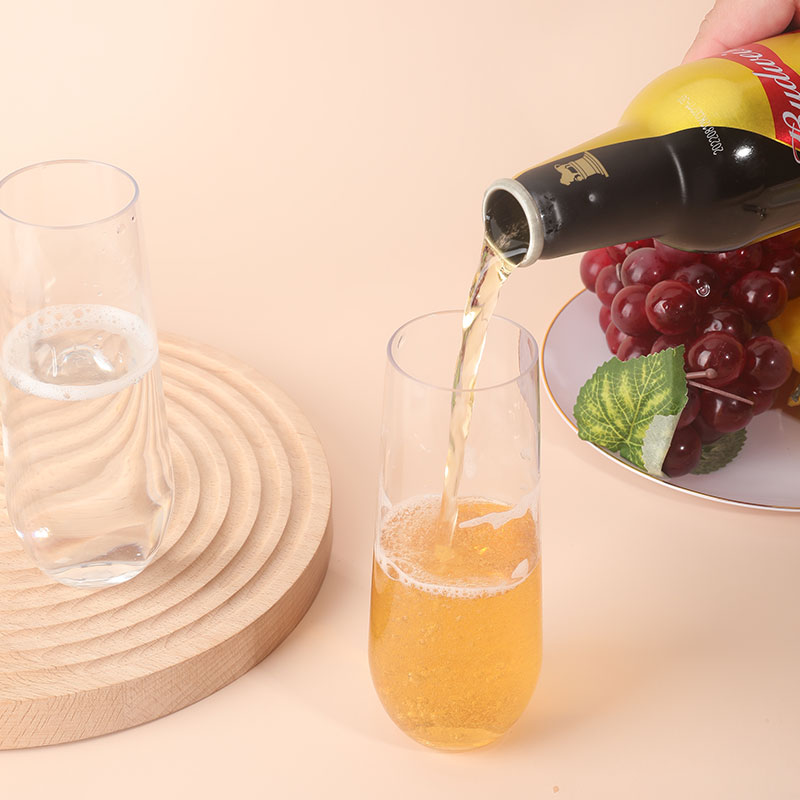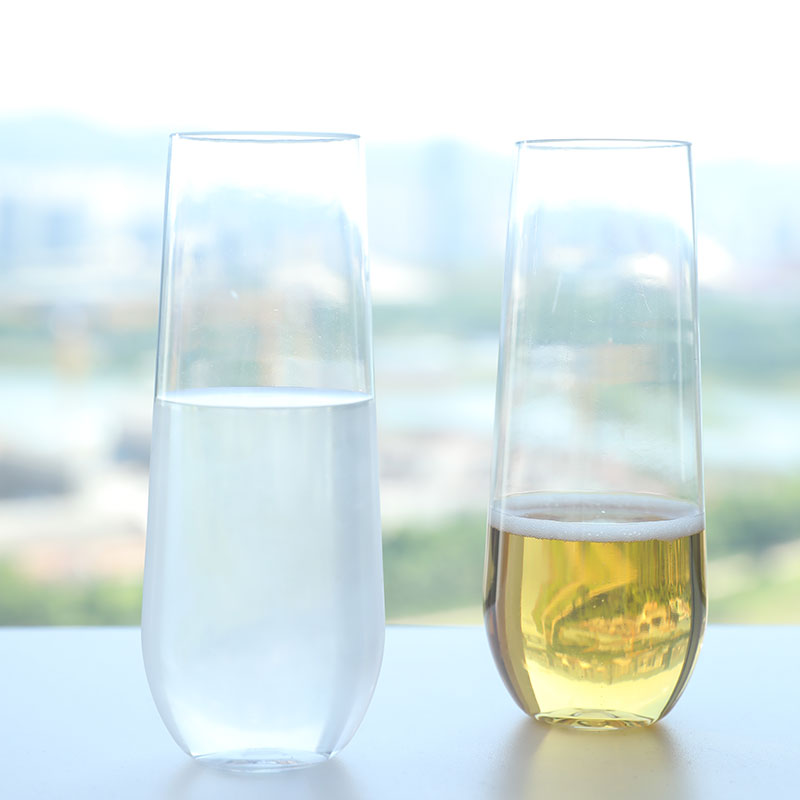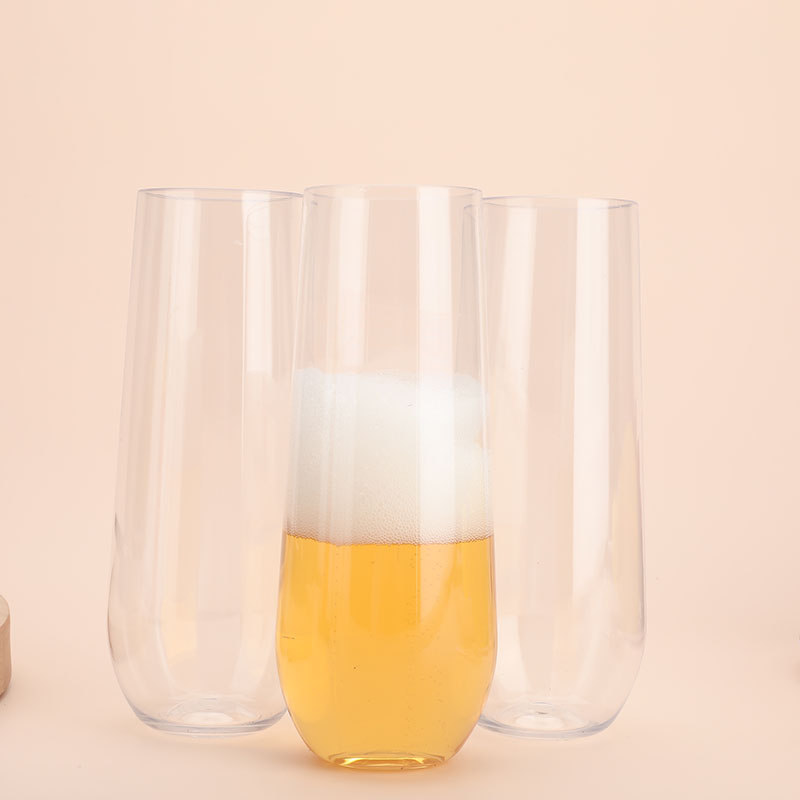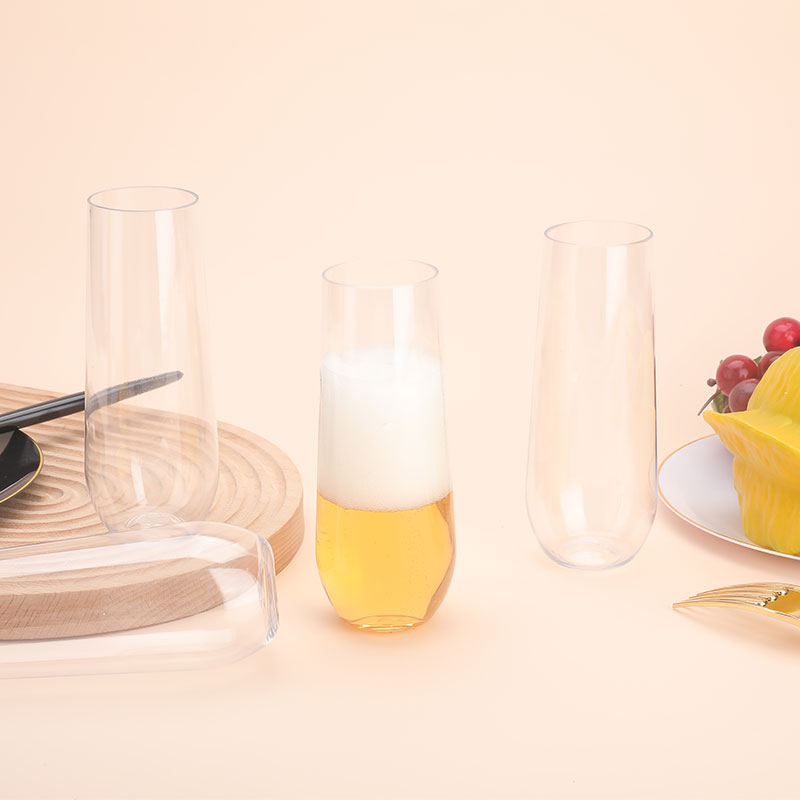Champagne and wine glasses are similar in terms of their general shape and purpose, but there are some key differences between the two.
Champagne and Wine Glasses: Exploring the Differences
When it comes to enjoying sparkling wine or other types of wine, the choice of glassware plays a significant role in enhancing the drinking experience. While champagne and wine glasses may appear similar at first glance, they are designed with specific characteristics that cater to the unique qualities of each beverage. Let’s explore the differences between champagne and wine glasses to understand their distinct features.

1. Bowl Shape and Size:
One of the primary differences lies in the shape and size of the bowl. Champagne glasses typically have a taller, narrower bowl compared to wine glasses. The tall and slender design helps preserve the carbonation and capture the aromas of the champagne. In contrast, wine glasses have a broader bowl that allows wine to come into contact with more air, assisting in the release of aromas and flavors.
2. Rim Design:
The rim of a glass influences how the liquid flows onto the palate. Champagne flutes usually feature a narrow, tapered rim, which helps concentrate the aromas and direct the bubbles towards the center of the tongue, enhancing the taste experience. Wine glasses, on the other hand, often have a wider, rounded rim to allow the wine to flow smoothly across the taste buds, providing a broader range of flavors.

3. Stem Length:
Another noticeable distinction is the stem length. Champagne flutes typically have longer stems compared to wine glasses. The extended stem not only adds an elegant aesthetic appeal but also serves a functional purpose. Holding the glass by the stem prevents the warmth from the hand from transferring to the champagne, helping to maintain its desired temperature.
4. Base Design:
The base of a glass contributes to stability and overall balance. Champagne flutes tend to have a smaller, more slender base to ensure stability while showcasing the visually appealing aspect of the rising bubbles. In contrast, wine glasses often have a wider and more solid base, providing stability due to the weight of the wine.
5. Purpose and Occasion:
Champagne glasses are primarily designed for sparkling wines, including champagne, prosecco, and sparkling wine varieties. The shape of the flute helps to preserve the effervescence and effervescent character of the beverage. Wine glasses, on the other hand, come in various shapes and sizes, catering to different wine types such as red, white, or rosé wines. The diverse designs of wine glasses accommodate the specific characteristics of each wine, allowing for optimal aroma and flavor expression.

It is worth noting that there may be variations in glasses specifically designed for different types of champagne or wine. For instance, certain champagnes benefit from a wider-rimmed glass design, allowing for a more open exposure to oxygen. Similarly, certain wines may require specific glass shapes to enhance their unique characteristics. Manufacturers and sommeliers often experiment with different glass styles to create an ideal drinking experience for specific beverages.
In conclusion, while champagne and wine glasses share similarities in function and overall appearance, their distinct designs serve to accentuate the qualities of the respective beverages. Understanding these differences can help wine enthusiasts and connoisseurs choose the most suitable glassware to fully enjoy the flavors, aromas, and effervescence of champagne, sparkling wine, or other varieties of wine.

